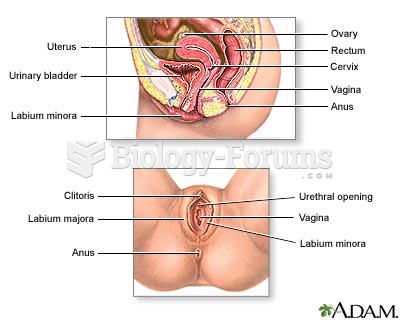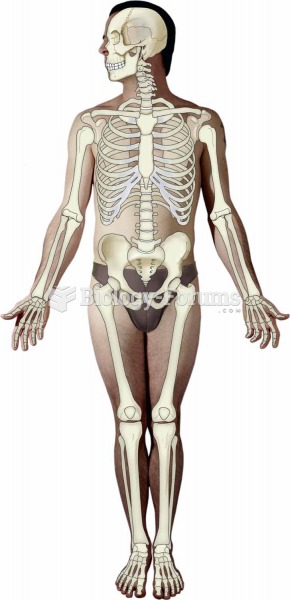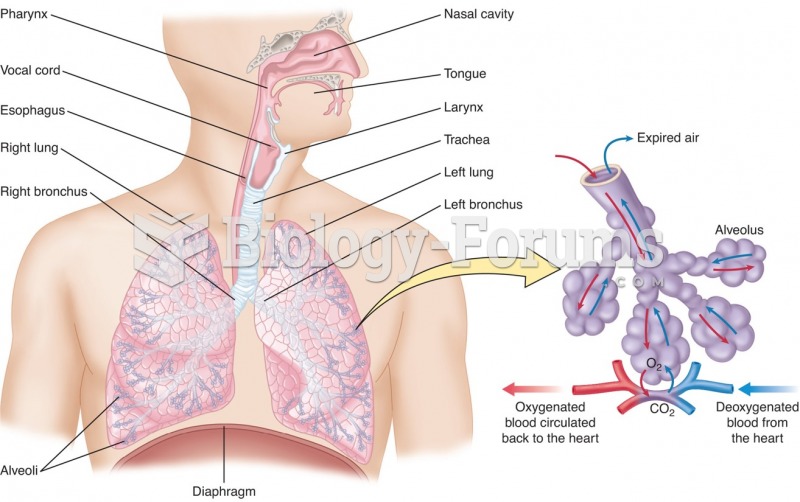Answer to Question 1
In 1944, representatives from 44 nations met in the New Hampshire resort town of Bretton Woods to lay the foundation for a new international monetary system. The resulting Bretton Woods Agreement was an accord among nations to create a new international monetary system based on the value of the U.S. dollar. The new system was designed to balance the strict discipline of the gold standard with the flexibility that countries needed to deal with temporary domestic monetary difficulties.
Fixed Exchange Rates-The Bretton Woods Agreement incorporated fixed exchange rates by tying the value of the U.S. dollar directly to gold and the value of other currencies to the value of the dollar. The par value of the U.S. dollar was fixed at 35/oz of gold. Other currencies were then given par values against the U.S. dollar instead of gold.
Built-in Flexibility-The new system also incorporated a degree of built-in flexibility. For example, although competitive currency devaluation was ruled out, large devaluation was allowed under the extreme set of circumstances called fundamental disequilibrium which referred to an economic condition in which a trade deficit causes a permanent negative shift in a country's balance of payments. In this situation, a nation can devalue its currency more than 10 percent. Yet devaluation under these circumstances should accurately reflect a permanent economic change for the country in question, not temporary misalignments.
World Bank-To provide funding for countries' efforts toward economic development, the Bretton Woods Agreement created the World Bankofficially called the International Bank for Reconstruction and Development (IBRD). The immediate purpose of the World Bank was to finance European reconstruction following the Second World War. It later shifted its focus to the general financial needs of developing countries.
International Monetary Fund-The Bretton Woods Agreement established the International Monetary Fund (IMF) as the agency to regulate the fixed exchange rates and enforce the rules of the international monetary system. At the time of its formation, the IMF had just 29 members, but today it consists of 185 countries.
Answer to Question 2
B







